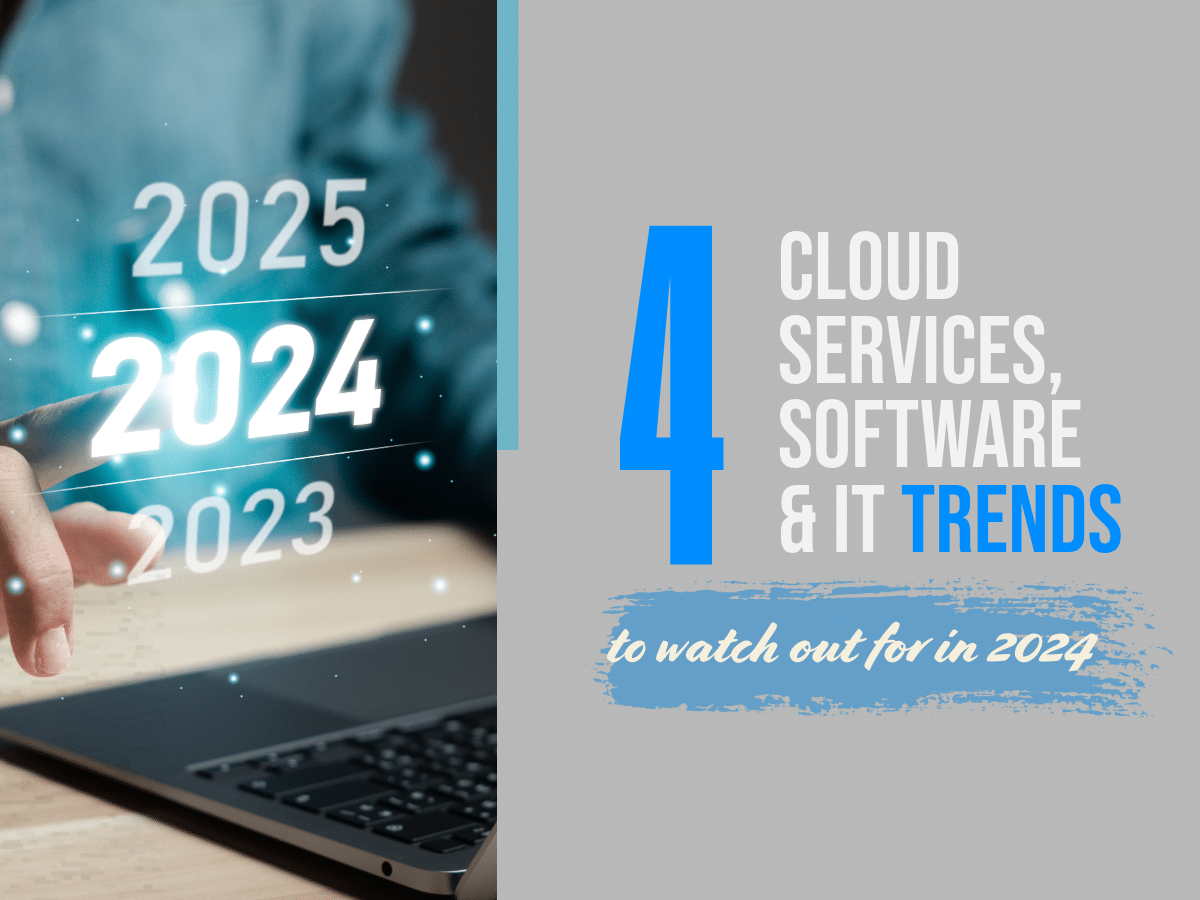Cloud Infrastructure offers Maximum Protection and Optimal Performance
 A way to secure, connect and protect your business
A way to secure, connect and protect your business
(By Taslim Khan. This article was originally posted in the This is Queensborough – January 2024 Edition and has been amended for this format)Welcome to 2024! The new year brings new opportunities as well as new challenges. The network infrastructure of a business is one of the areas that is always under threat. Network infrastructure is the engine a business runs on. To ensure optimal performance, this engine requires continuous maintenance and upgrades. Unfortunately, in today’s world, it has also become a prime target for malicious actors worldwide. Businesses regardless of size, operating in the US are particularly attractive to the hackers in Russia, China, North Korea, Iran, and many other countries in the world that are unfriendly to America. These threat actors exploit the Law of Averages. They target multiple businesses with the expectation that a significant number will succumb to their attacks, resulting in substantial financial gains. Many small businesses are being subjected to millions of dollars in ransomware payments. Let’s fight back. Let’s secure our assets and protect our business. While at it, let’s also improve performance and increase revenue.
A Case for the Cloud
 Enter the Cloud. Cloud-based services encompassing Managed IT, Cyber Security, Back Up & Disaster Recovery and Unified Communications and Collaboration offer unparalleled protection and performance for businesses.
Here are the inherent advantages/benefits provided by Cloud based Managed Service Providers (MSPs) and Managed Security Service Providers (MSSPs):
Enter the Cloud. Cloud-based services encompassing Managed IT, Cyber Security, Back Up & Disaster Recovery and Unified Communications and Collaboration offer unparalleled protection and performance for businesses.
Here are the inherent advantages/benefits provided by Cloud based Managed Service Providers (MSPs) and Managed Security Service Providers (MSSPs):
- All services and devices (endpoints) are managed and monitored 24/7/365 by engineers in Security Operation Centers (SOCs),
- Geo-redundant and diverse locations with “Active/Active” failsafe infrastructure,
- Compliance with all government mandates such as HIPAA, PCI, NIST, CIS, CISM, and many more,
- Multiple locations and remote workers are no longer bound by geographical boundaries.
 The Security Aspect
The Security Aspect
Implementing a Managed Firewall and Endpoint Protection service such as Managed Detection & Remediation (MDR) for each laptop, desktop, server, router and switch ensures maximum security. Even if one or multiple devices are compromised due to user error (such as plugging in an affected USB drive or personal smart phone), the SOC can promptly isolate and quarantine that/those device(s) in real time preventing further spread.
Inbox Detection & Remediation or IDR service for emails will scan every email and automatically quarantine the malicious ones before they reach your inbox. However, as we all are very painfully aware how sophisticated these threat actors are in spoofing emails to make it look like that your colleague sent you this email – if you are doubtful, you can submit the email for security check before opening it. The IDR service, within less than a minute will give you a “red”, “yellow” or “green” signal. With that you can either proceed or delete with complete confidence.
Multi Factor Authentication or MFA protocol is the standard today in all government and enterprise environments. And for good reasons – it proves you are who you say you are.
Unified Communications & Collaboration offers advantages like:

Inbox Detection & Remediation or IDR service for emails will scan every email and automatically quarantine the malicious ones before they reach your inbox. However, as we all are very painfully aware how sophisticated these threat actors are in spoofing emails to make it look like that your colleague sent you this email – if you are doubtful, you can submit the email for security check before opening it. The IDR service, within less than a minute will give you a “red”, “yellow” or “green” signal. With that you can either proceed or delete with complete confidence.
Multi Factor Authentication or MFA protocol is the standard today in all government and enterprise environments. And for good reasons – it proves you are who you say you are.
Increasing Business Resilience
A Cloud server with Infrastructure as a Service & Disaster Recovery delivers significant advantages over a premise-based server. For example:- Op Ex instead of Cap Ex,
- On demand scalability,
- High level security,
- Built in redundancy,
- Lower energy cost.
Reaching Optimal Performance
A complete UC platform combines all modes of communications such as phone, video, instant message, content sharing and SMS/MMS text messaging – all on one platform and makes them available on multiple devices such as desk phone, desktop/laptop/tablet and smartphone.Unified Communications & Collaboration offers advantages like:
- Work from home? No problem.
- Have staff in different time zones? Easy.
- Need to reach out to 10,000 customers via text message? Done.
- Need to be compliant to protect patient and client information? Yup.



 A way to secure, connect and protect your business
A way to secure, connect and protect your business The Security Aspect
The Security Aspect
 Slightly amended copy of original LinkedIn article posted on 01/11/2024 – By Iris Lentjes
Slightly amended copy of original LinkedIn article posted on 01/11/2024 – By Iris Lentjes
 January 3rd, 2024 – By Iris Lentjes
January 3rd, 2024 – By Iris Lentjes
 C
C

 HOW DO CLOUD CONSULTANTS GET PAID?
HOW DO CLOUD CONSULTANTS GET PAID? 

